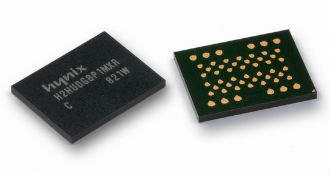 MIT boffins have developed a method to slash the cost of producing OLED screens by using inkjet printing techniques.
MIT boffins have developed a method to slash the cost of producing OLED screens by using inkjet printing techniques.
MIT spinout Kateeva has developed an “inkjet printing” system for OLED displays that could cut manufacturing costs enough to pave the way for mass-producing flexible and large-screen models.
Kateeva co-founder and scientific advisor Vladimir Bulovic, the Fariborz Maseeh Professor of Emerging Technology, who co-invented the technology said it removes the barriers to wider adoption of OLED technology which are all related to the expensive process.
Dubbed YIELDjet, Kateeva’s technology platform is a giant inkjet printer. Large glass or plastic substrate sheets are placed on a long, wide platform. A component with custom nozzles moves rapidly, back and forth, across the substrate, coating it with OLED and other materials — much as a printer drops ink onto paper.
Another tool, which will debut later this year, aims to cut costs and defects associated with patterning OLED materials onto substrates, in order to make producing 55-inch screens easier.
Kateeva co-founder and CEO Conor Madigan claims that by boosting yields, as well as speeding up production, reducing materials, and reducing maintenance time, the system aims to cut manufacturing costs by about 50 percent.
The system is scalable, which is really important as the display industry shifts to larger substrate sizes, he said.









